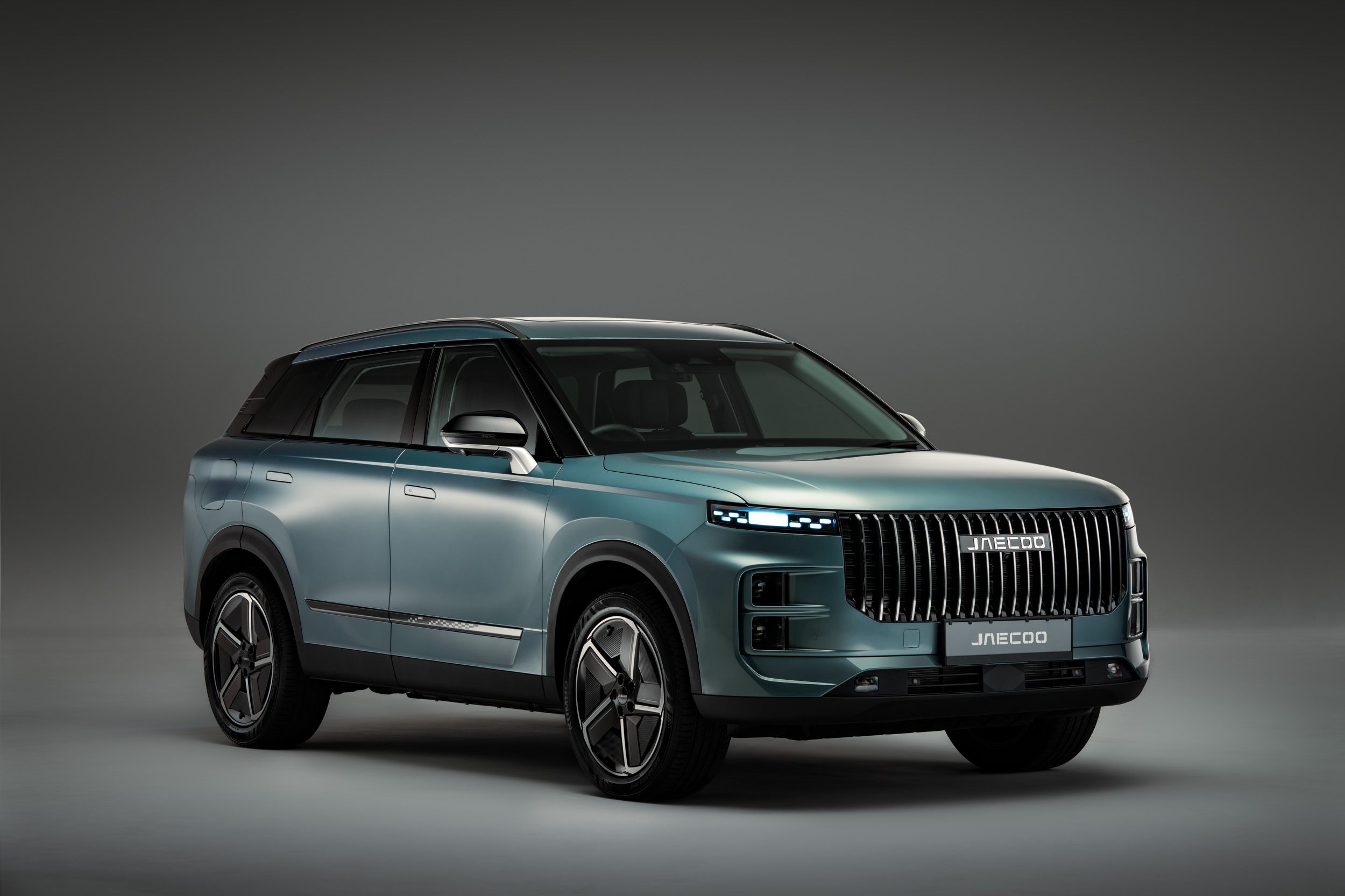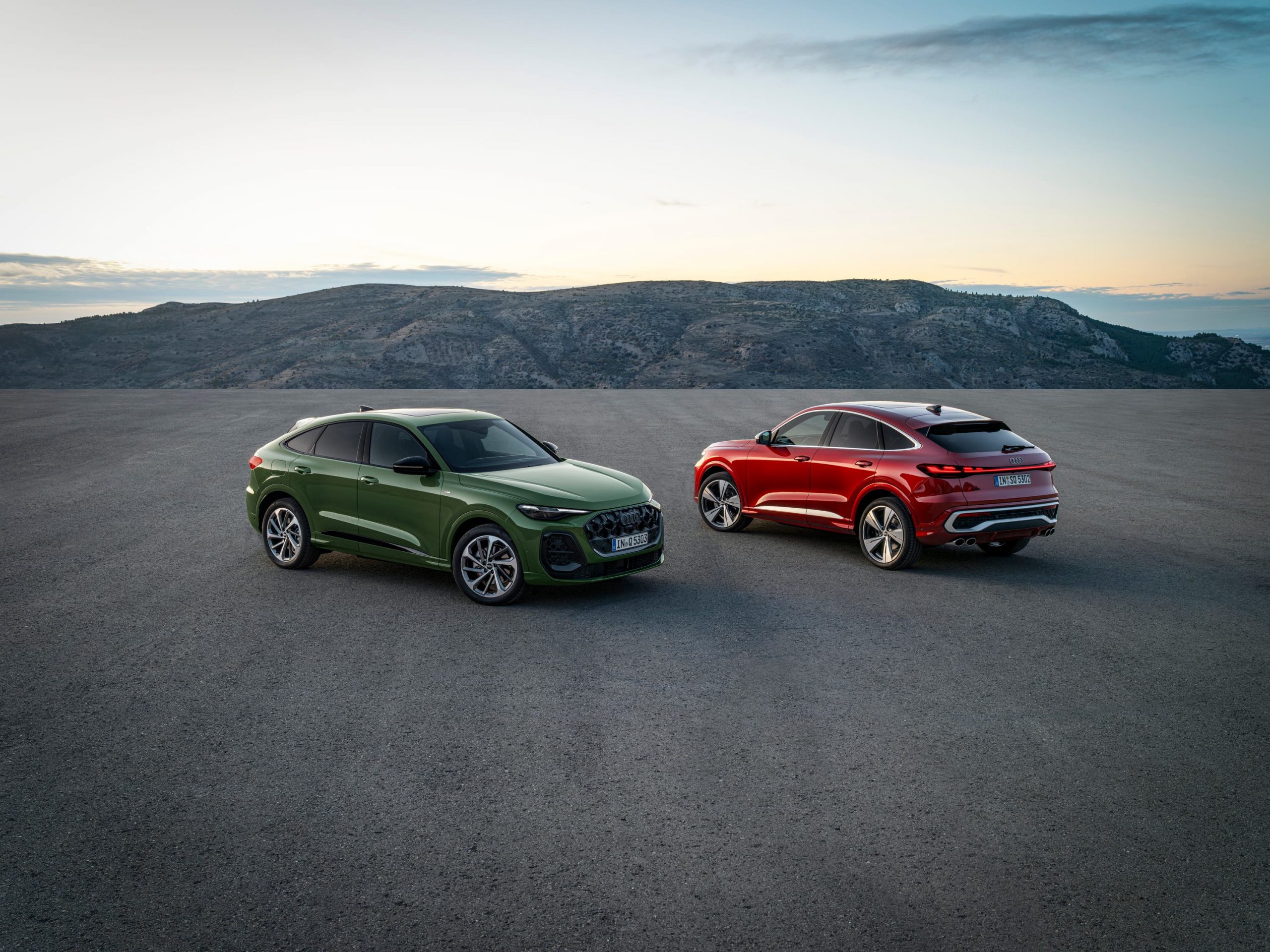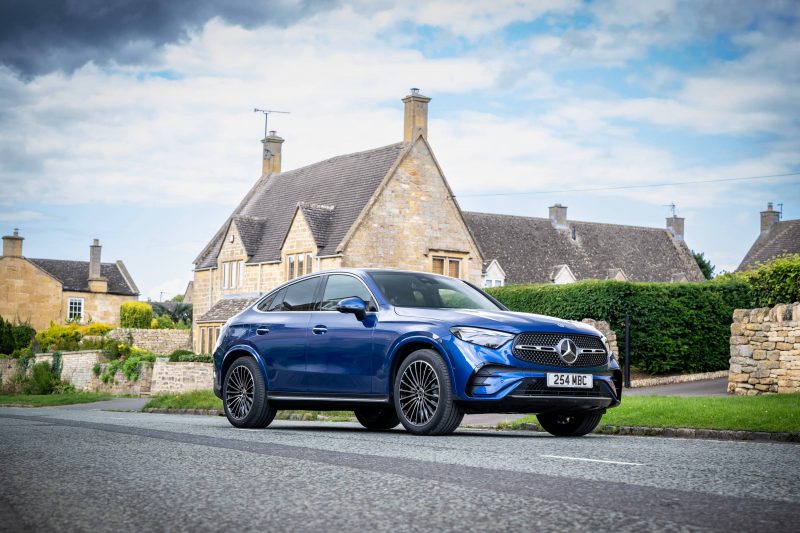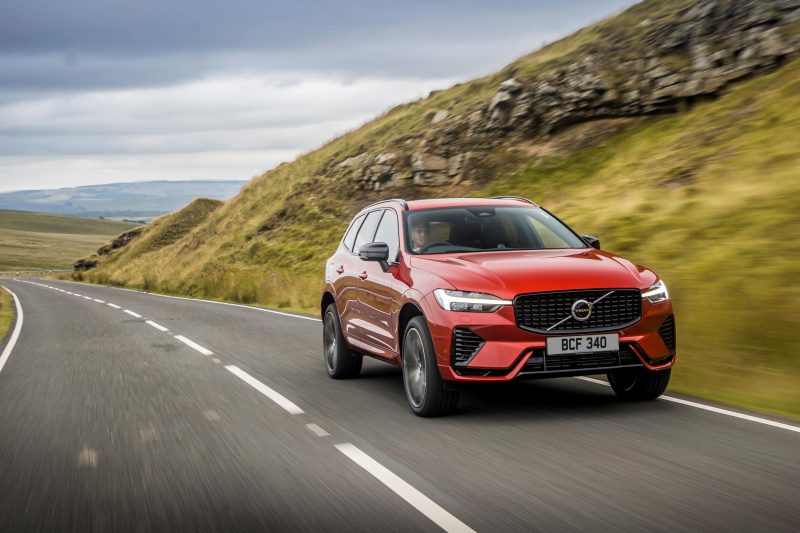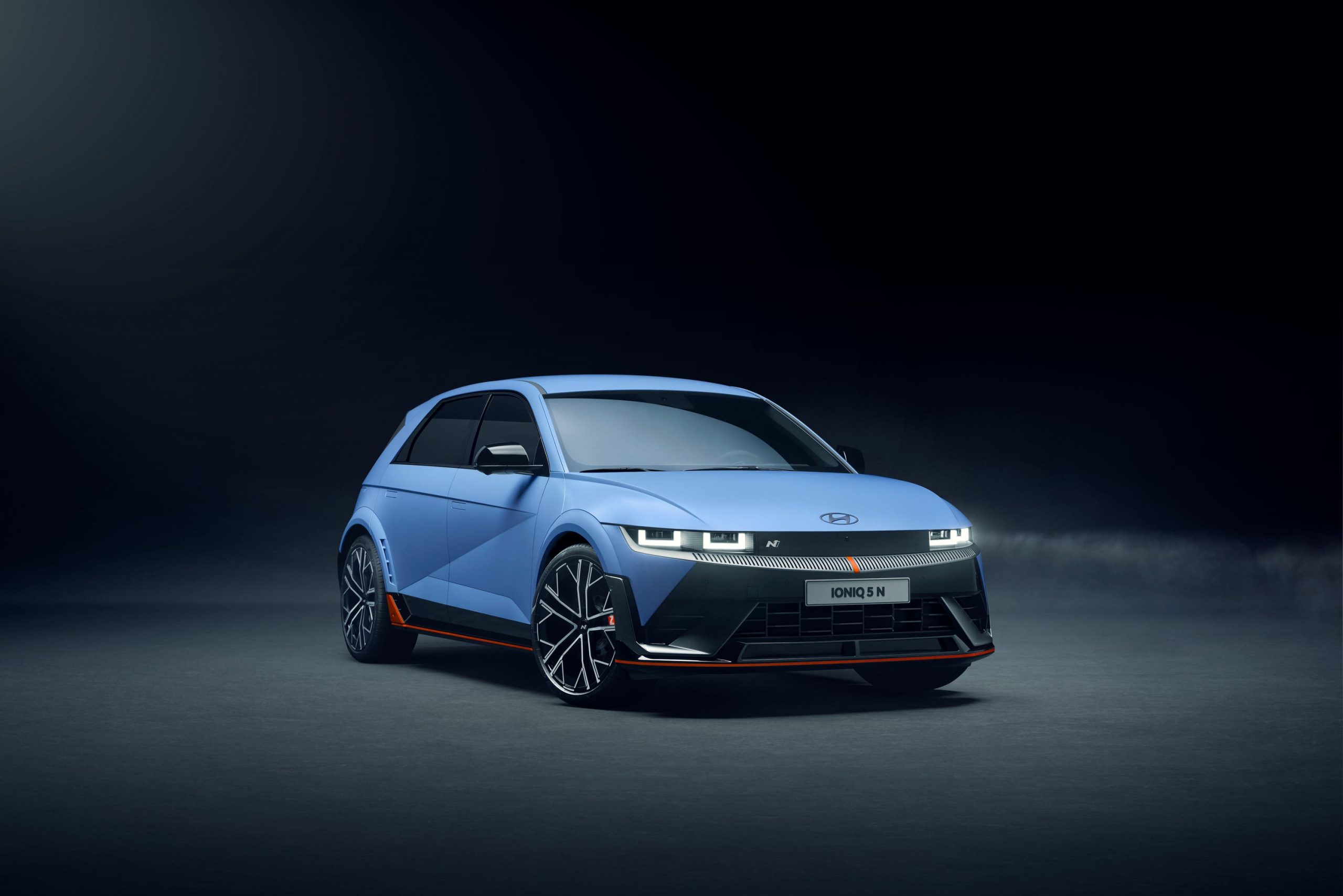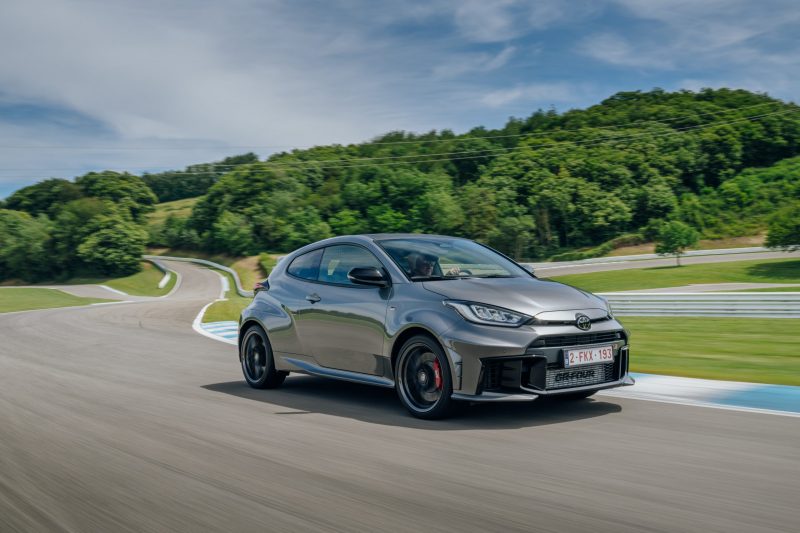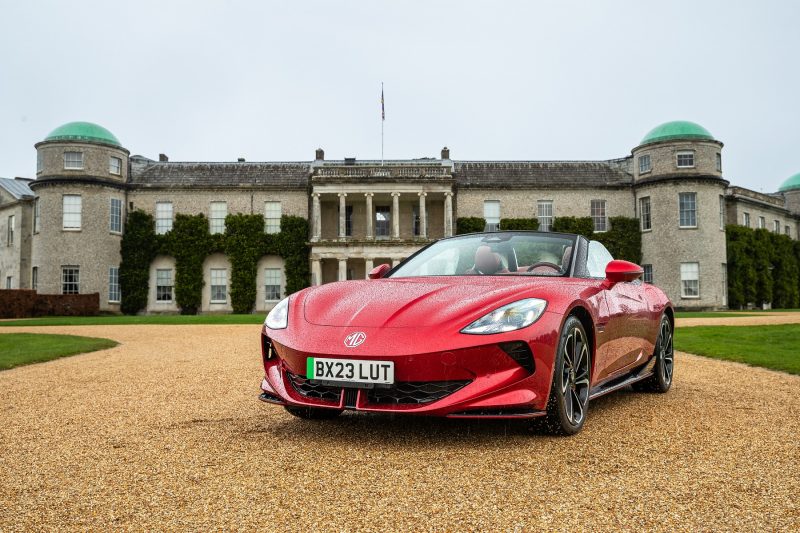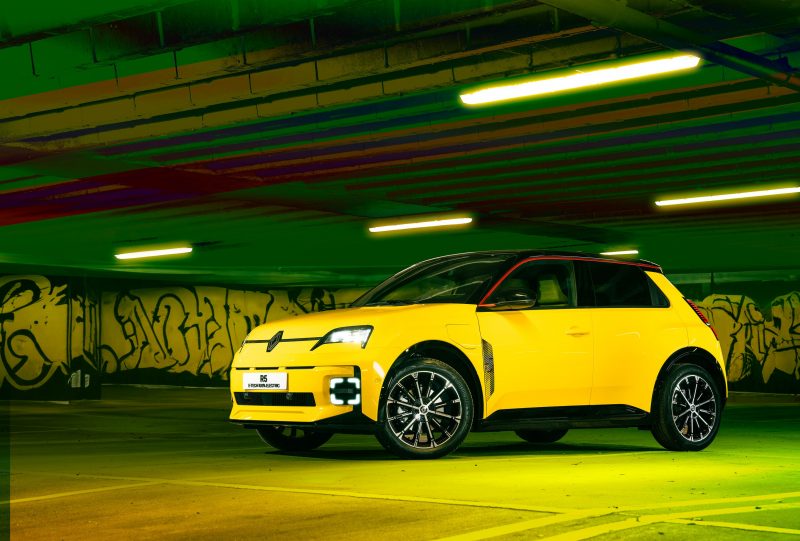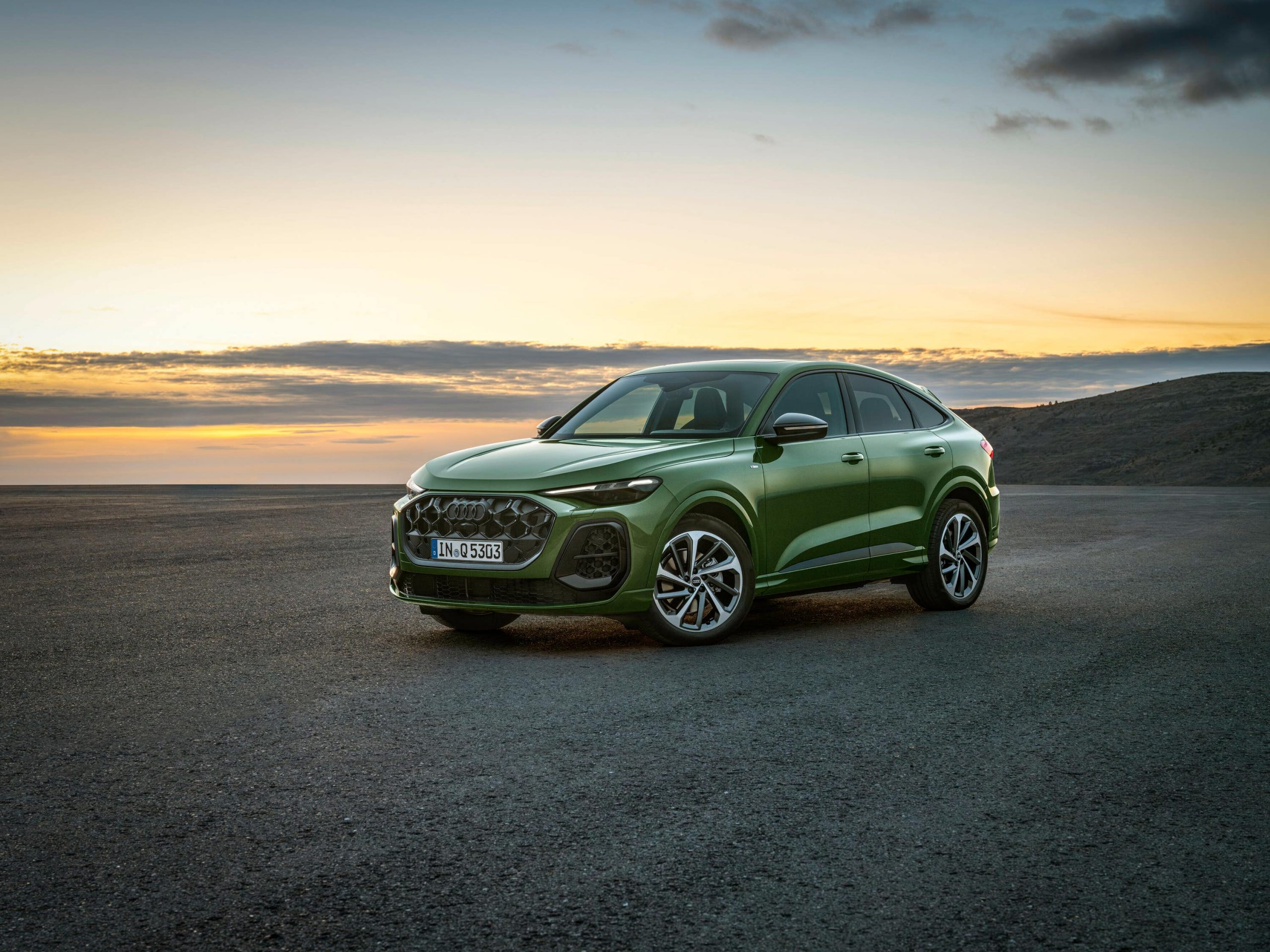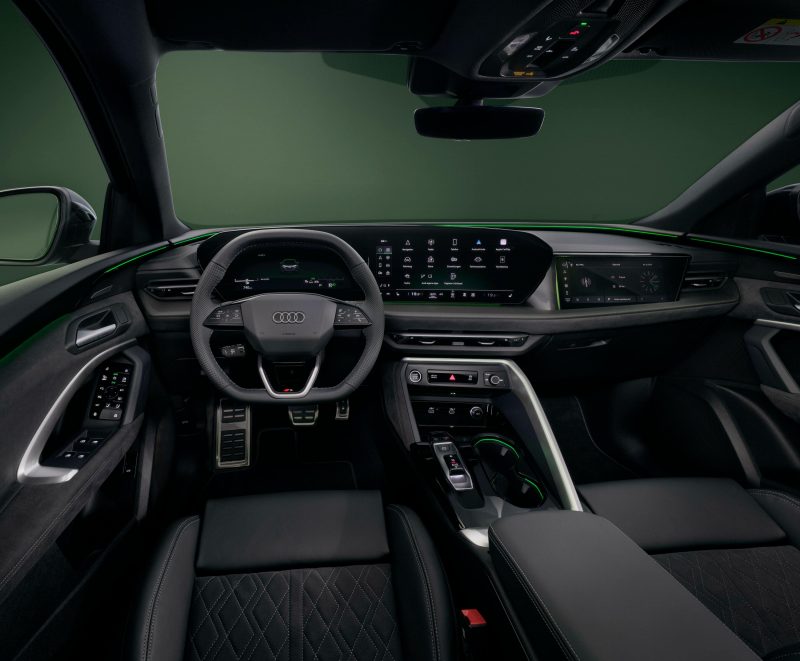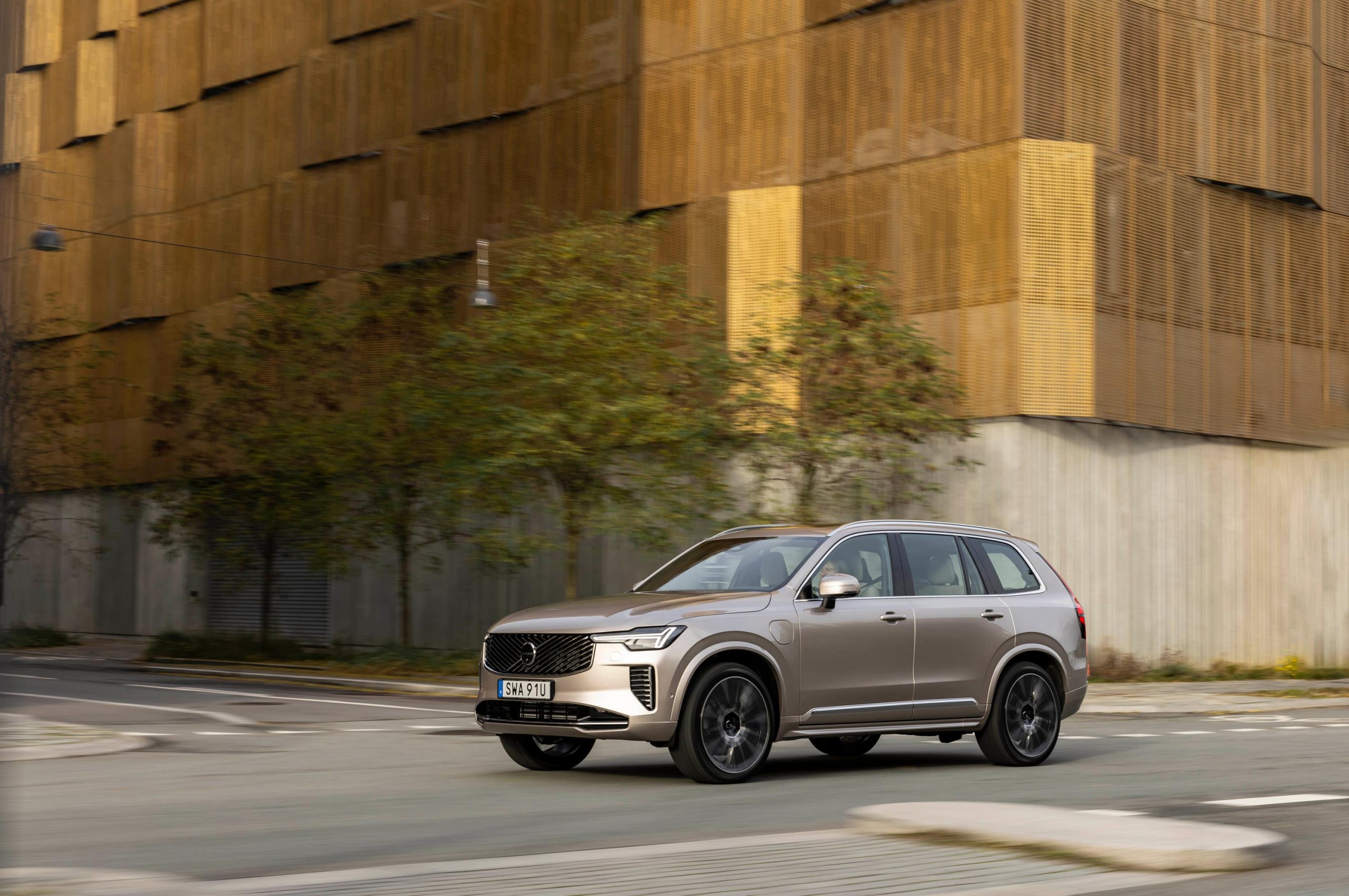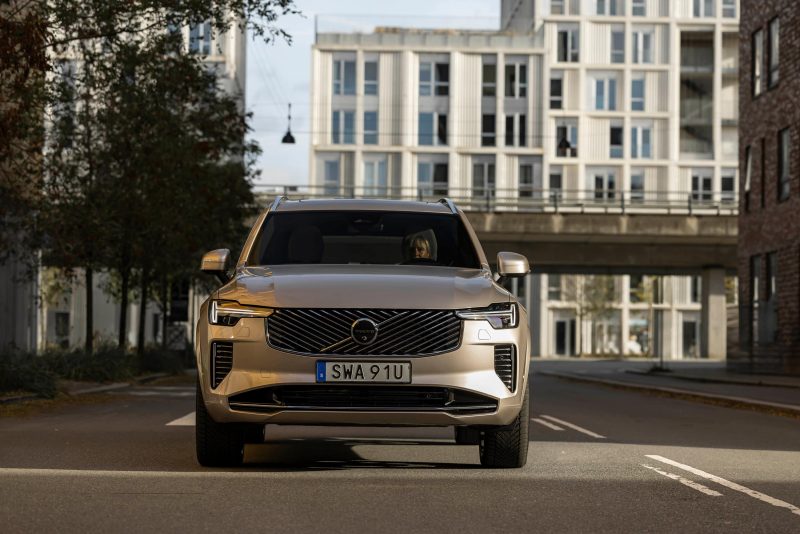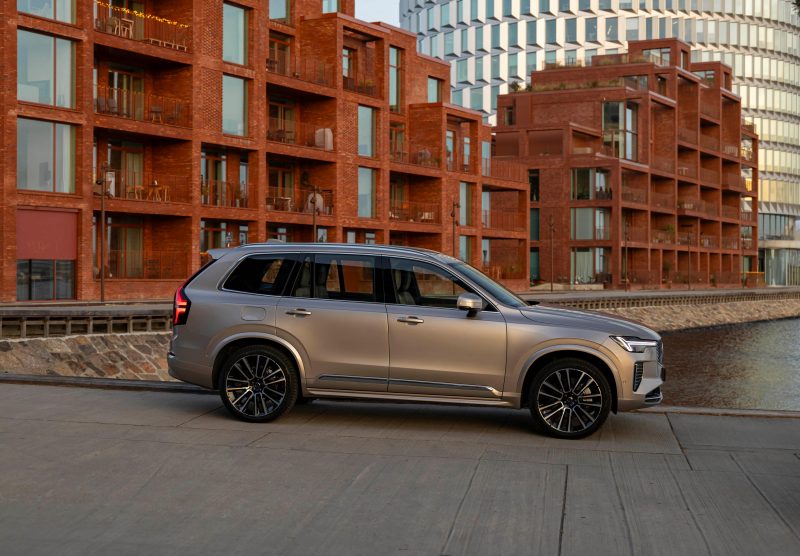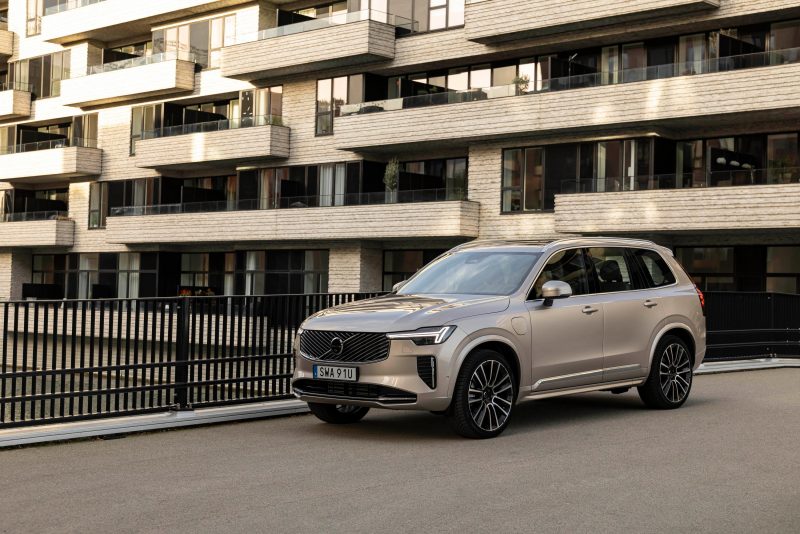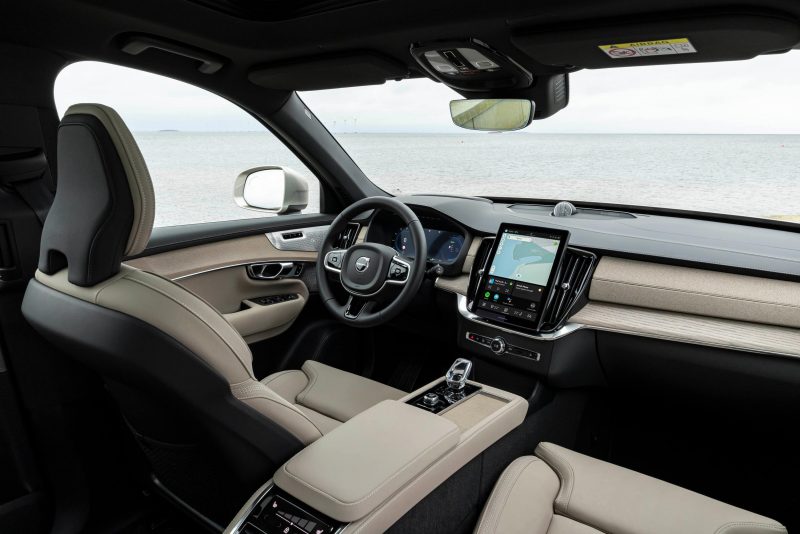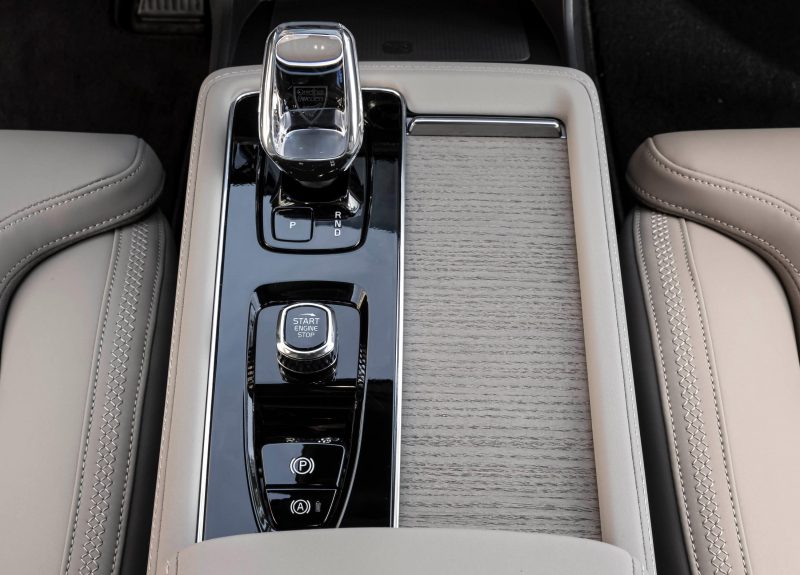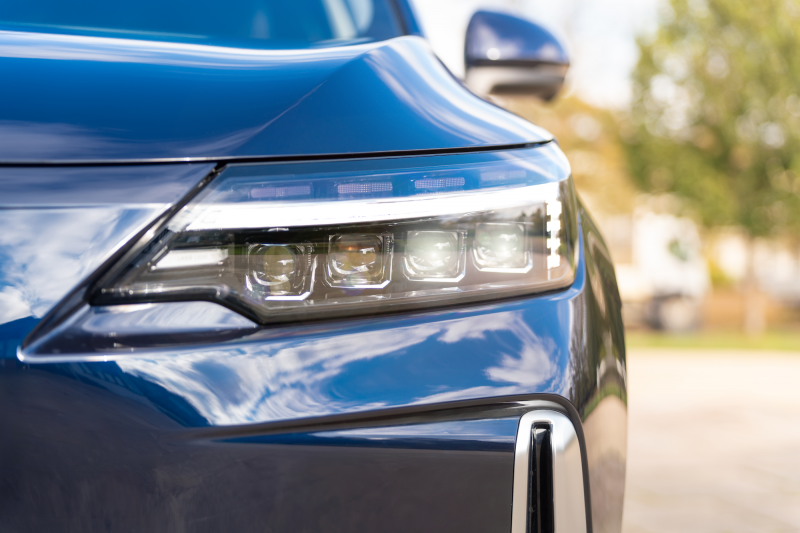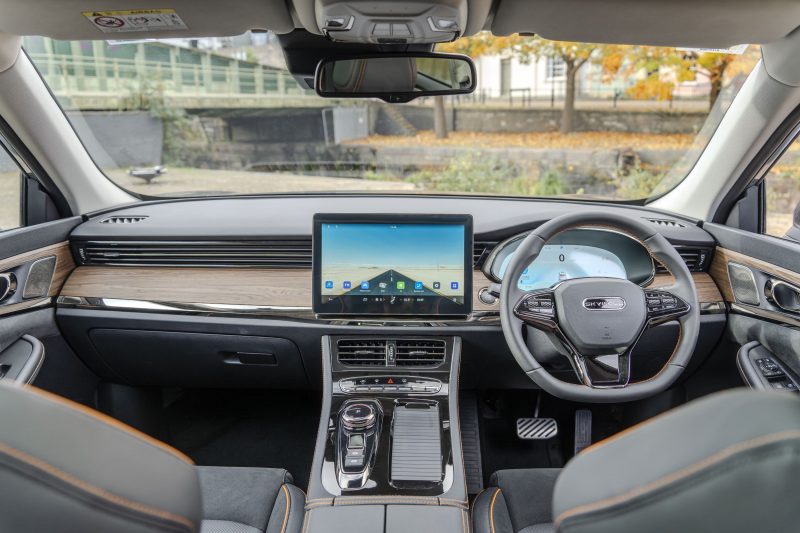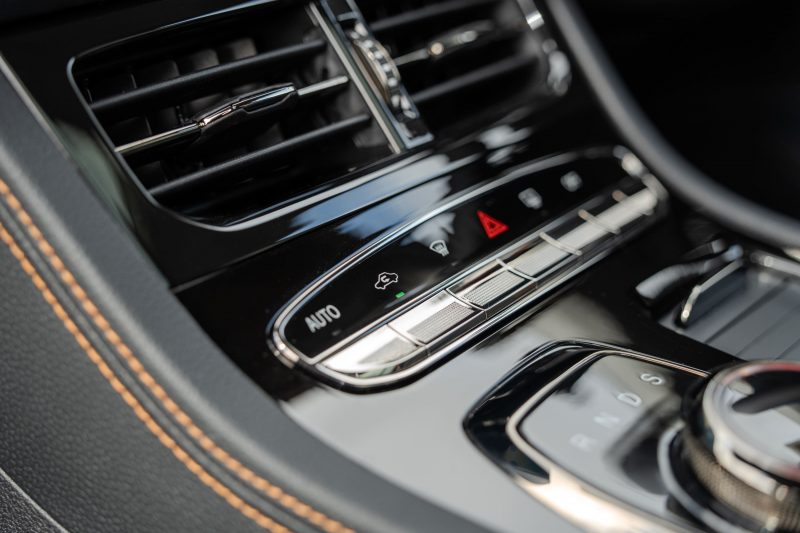We’ve seen a flood of SUVs making their way over from China, but did you know there are a few on the market that come with petrol or hybrid power?
The new car market is starting to change, and this year we have seen a very steep increase in Chinese car firms making their way over to the UK.
As the industry is focusing more towards decarbonising our roads and looking into a sustainable future, it’s no wonder that a lot of these new brands are producing electric vehicles.
But, even though a majority of Chinese car brands are selling electric SUVs, they also sell a selection of combustion-powered models that are wrapped in a family-friendly package.
We’ve compiled a list of the Chinese SUVs on sale in the UK that come with either petrol or hybrid power.
BYD Seal U DMi

BYD began selling cars in the UK just last year, and the Seal U is the first and only model with a plug-in hybrid option.
Known as the Seal U DMi – which stands for ‘Dual Mode Intelligence’ – it comes equipped with a 1.5-litre petrol engine and there is a choice of either an 18.3kWh battery pack, or a larger 26.6kWh unit.
The former can travel up to 49 miles on electric power, and the latter can manage up to 77 miles.
The Seal U also is very practical with lots of interior space and has a premium feeling cabin with lots of standard equipment. It may not be the most dynamic car to drive with a lot of pitching and rolling in the corners, but if you want an efficient and spacious SUV that represents good value for money, then this BYD is well worth a look.
MG HS

Once a pillar of the British automotive industry, MG is now owned by the Chinese and is probably one of the most recognisable marques from all the recent China-based start-ups.
The HS has been around since 2019 and has just been morphed into its second generation – which now offers a petrol and a plug-in hybrid option.
The new car is bigger and more luxurious than the model it replaces and the PHEV can do a claimed 32 miles on electric power alone. With prices starting at under £25,000, the HS also comes with affordability and value for money, as well as featuring a spacious interior and 507 litres of boot space, or 448 litres if you opt for the plug-in version – making this new SUV even more attractive for young families.
Omoda 5
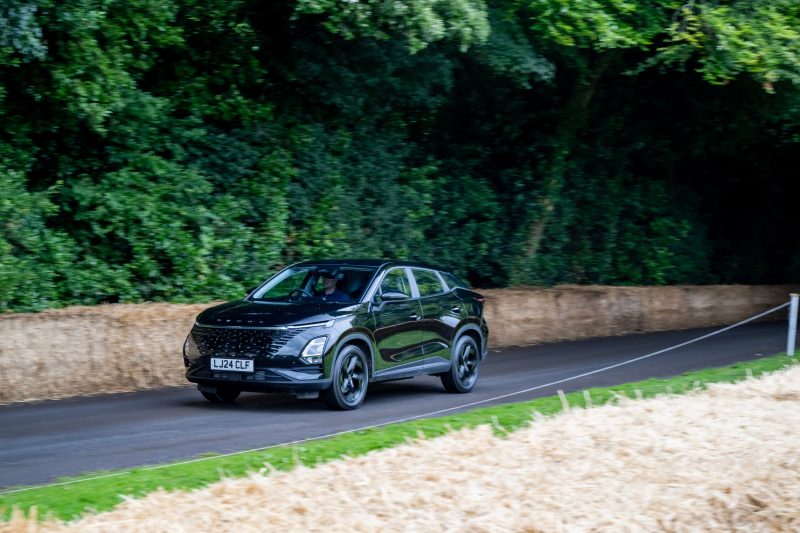
Omoda is a new Chinese start-up brand, and the 5 is the first model to be launched here on our shores. It features a 1.6-litre turbocharged four-cylinder petrol engine that produces a total of 187bhp and comes fitted with a seven-speed dual-clutch automatic transmission.
The 5 comes with plenty of space up in the front as well as decent rear legroom. Its interior also features lots of storage space and cubby holes – making it great for young families. Also, prices start at just over £25,000 making it an exceptional value compared to its rivals from Hyundai and Kia.
Jaecoo 7
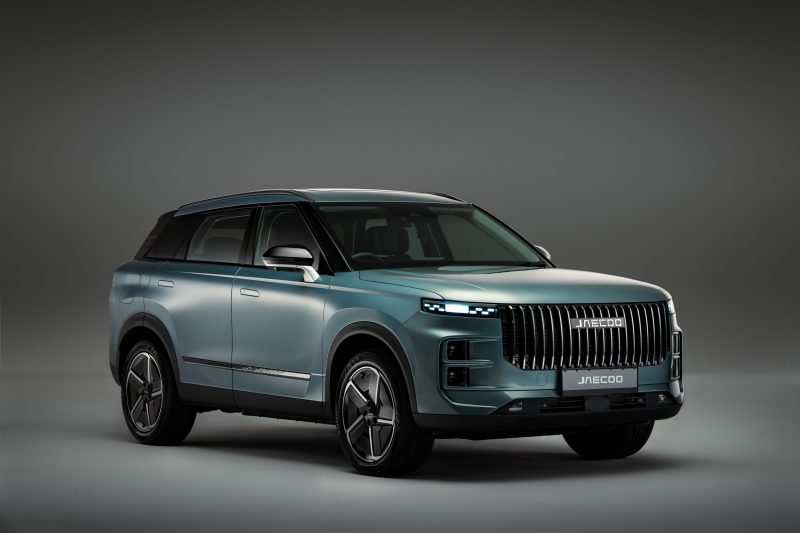
One of the latest new SUVs from China is the Jaecoo 7 – which will be a rival to the Omoda 5 and more mainstream models like the Skoda Karoq and Hyundai Tucson.
Available with a choice of either a front- or four-wheel-drive 1.6-litre petrol engine, there is also a front-wheel-drive-only plug-in hybrid variant that gives a claimed 56 miles on electric power alone.
It also comes very well equipped with only one trim level and a host of extras fitted as standard including a panoramic glass roof, a premium eight-speaker Sony audio system, a head-up display and a wireless phone charger.
Prices start at £29,495 and order books are open now with first deliveries arriving in January 2025.
MG ZS

Another MG that makes this list is the HS’ smaller sibling, the ZS. The ZS is one of the most popular small SUVs in the UK and that’s because it represents excellent value for money, while being available with a large amount of standard equipment.
Now, for 2024 the new Hybrid+ version has been revealed and is now on sale for £21,995 – making it one of the cheapest hybrid SUVs on the market. This new car offers more technology, better build quality, plusher interior materials and an updated exterior design.
By Cameron Richards


